Holy Week in The Philippines - A Cultural Experience Abroad
If you are planning a trip abroad to the Philippines and relish culturally rich experiences, you might think about scheduling your adventure during Holy Week, which usually occurs in the months of March and April. For Filipinos, this is a very special occasion known in Tagalog as Mahal na Araw, where devotees reflect on their own religious values and understanding of the acts they believe Jesus did in order to save them for the sins they had committed, as well as re-enacting significant milestones in Jesus Christ’s life as a way of celebrating him.
This week has certain important days which each have a respective ritual associated with it. The majority of the population of the Philippines are Roman Catholics, but also a great Christian presence, resulting in diverse practices throughout the islands and provinces.
A very special component of Holy Week is the pabasa, which is a recitation of versus directly from the Bible that explain the life and sufferings of Jesus. There is usually a group of people, each designated to sing a certain verse and they are followed by music accompaniments. Typically, each barangay designates verses for each family to host or to participate in the singing, and if there are already enough hosts and participants, the rest are responsible for preparing food for guests or making sure that the statue of Jesus is primed and ready to be worshipped upon. Pabasa usually occurs on Maundy Thursday, though some families and barangays continue on through Good Friday.
Ash Wednesday & Lenten Season
Despite the title of Holy ‘Week’, the religious celebrations actually begin about 40 days before the actual ‘week’. On Ash Wednesday, participants make a commitment to fasting, abstinence, and repentance. The Holy Mass is held and millions head to the church to receive a mark on their forehead- a crucifix in black ash- that symbolizes the fact that humans were made from mere dust and that at the end of the mortal life, humans return to dust. What is unique about the dust is that they were actually created from the Palm leaves from the previous year’s Palm Sunday celebration.
More commonly referred to as Lent, modern expectations have resulted in people not fasting as drastically as before with limited food and water in take, but rather sacrificing one aspect of their diet or lifestyle such as sugar or alcohol.
Palm Sunday
This is considered the first day of Holy Week that occurs in churches all over the Philippines. The celebration is meant to represent Jesus’ re-entry into Jerusalem, as the people warmly welcomed him by waving large palm fronds as he entered the city limits. Filipinos are very creatively talented and will create elaborate works of art with the palm leaves, while others keep it simple and bring palm fronds in their natural state. Then in a re-enactment, they wave their palm leaves in the air as they wait for the priest to bless their palms. Upon returning home they will affix the blessed leaves to their windows and roof to bring good luck to their household and family and ward off evil spirits.
Spy Wednesday
This day commemorates the event where Judas betrayed Jesus for a price of 30 silver pieces and the same day that Jesus was daubed with a valuable jar of alabaster in the house of Simon the leper.
Maundy Thursday
Thursday’s celebration is meant to represent the Last Supper that Jesus shared with his disciples the day before he died. It is particularly symbolic because this is considered the moment when Jesus instituted the Sacrament of the Holy Eucharist, which is when he offered his own body and blood to his disciples in the form of bread and wine. Filipinos generally resist from consuming any alcohol, meat or engaging in intercourse on this day and the usually host a re-enactment of the Last Supper. The practice of the Visita Iglesia also happens on this day, a practice where people visit several different churches, sometimes as many as fourteen to symbolize the fourteen Stations of the Cross. This is also the first day of the long weekend where many local businesses and schools are closed.
Good Friday
It is historically believed that on this day, Jesus was tortured and made to walk to Golgotha where he was then crucified. In churches, statues of Mary, Jesus and saints are covered with a cloth to symbolize grief. It is believed that Jesus’ death happened at 3:00 pm, so this is the time when many Filipinos offer silent prayers. There are also several street processions that depict The Way of the Cross. One of the most famous is the Senakulo, a performance that occurs in the streets of the barangays or villages. The original way that these performances were conducted was with people dressing up in costumes to depict the soldiers and officials who sentenced Jesus to death, but technological advancements such as projectors have made it so that the performances are conducted ahead of time and then projected on to a large screen so that more people can see them.
Some of the most notable Senakulo rituals are practiced in the provinces of Pampanga and Rizal. What makes the performances in these regions so memorable is that they lash their backs till they are covered in blood while wearing a mask over their head. Sometimes they are beaten with wooden sticks instead of whips, as they walk the streets. What takes this ritual to an even higher level of devotion is that they actually nail their hands and feet to the cross.
Another type of re-enactment is performed by the people of Jordan, in the province of Guimaras, called Ang Pagtaltal, which recreates the scene where Jesus was taken off from the cross and laid on his mother’s lap. Several processions take place throughout the provinces, featuring large floats with the saints and scenes from the story of Jesus such as the “Prosisyon ng mga Santo” and the Giwang-Giwang is a procession re-enacting the funeral of Christ. Devotees joining the procession try to touch the Holy Sepulchre. In the process, the procession sways, thus the term, “giwang-giwang.”
Stations of the Cross
Another traditional ritual is re-enacting each scene of the events leading up to the crucifixion and rebirth of Jesus. Depending on the region, each station has some sort of scripture, picture of the scene or even actors. A short narrative is recited followed by prayers and praying the rosary. Stations can be located all within the same church or they can be extremely spread out, such as the practice that occurs on Mt. Mayon in the Bicol Region, where the stations are placed along the ascending path of the mountain. On the Island of Camiguin, the 14 stations of the cross are placed all around the island, and in a practice known as Panaad, where the devotees show their commitment to Jesus by making the 64 kilometer trek around the entire island.
In municipalities in and surrounding Zamboanga del Norte, they practice Katkat Sakripisyo sa 3003 Steps on Good Friday. This is a trek that includes 3,003 steps, each reiterating their promise to Jesus.
Black Saturday
Commemorating the day that Jesus was laid into his tomb after his death and there are not usually any loud celebrations or re-enactments out of respect for Jesus. This is a very solemn day and in some provinces there is a procession with the Black Nazarene in a carriage that serves as preparation for the Easter Vigil.
Easter Sunday
Easter Sunday is the main event of the week, as people celebrate the rising of Jesus from the dead and his glorified sacrifice. In scripture, this was the day that Jesus’ disciples went to visit the tomb where he had been buried, only to find the boulder used to seal the cave had been moved and only torn cloth and an angel were left where Jesus was initially laid to rest. Celebrations on this day are massive and after the mass that everyone attends, the grief cloths that were placed over the statues are lifted, the priest dons brightly colored robes to symbolize the end of mourning, and there is always a huge Easter feast to celebrate the end of Lent. More western Easter traditions of egg hunts and the Easter bunny can also be seen in more urbanized areas.
A ritual known as Salubong, includes a life-sized statue of both Jesus and Mary. The statue of Mary is dressed in a black veil, which is then dramatically lifted off to symbolize the end of her mourning when a large crowd of devotees brings in the statue of Christ. There are also several children dressed as angels surrounding her, with one even suspended in mid-air to represent the angel that tells Mary that Jesus has risen and the release of doves and fireworks add extra gusto to the festivities.
Conclusion
The Mahal na Araw is a major occasion in the Philippines, a vibrant and honorable showcase of their devotion to their religion. They truly demonstrate their values and observe this as an opportunity to change negative or sinful aspects of themselves or their lifestyles that benefits themselves and those around them.
When you subscribe to the blog, we will send you an e-mail when there are new updates on the site so you wouldn't miss them.
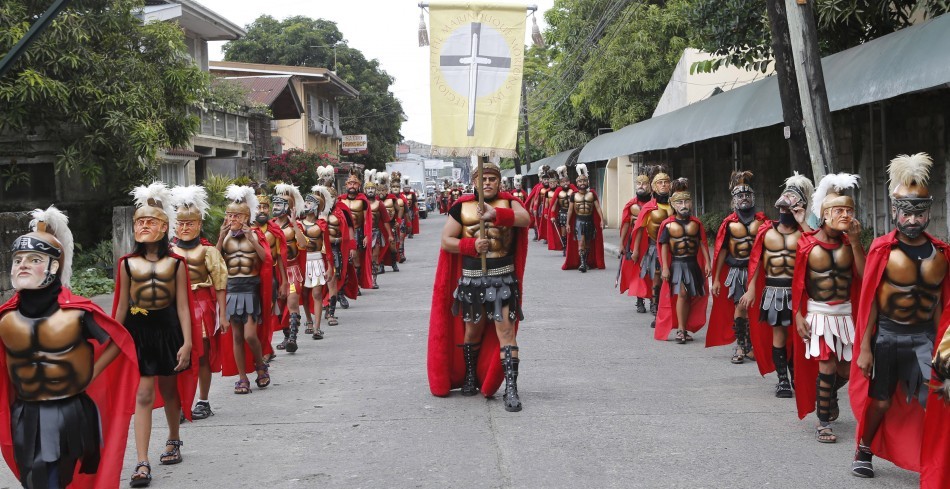
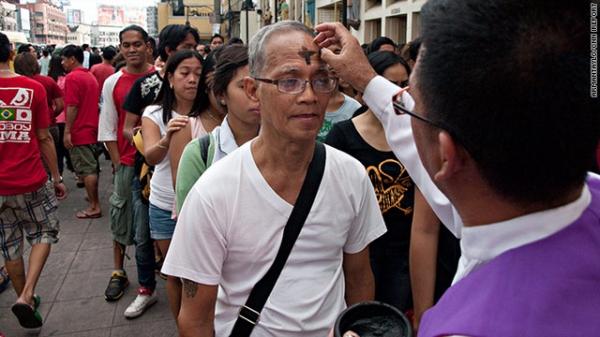
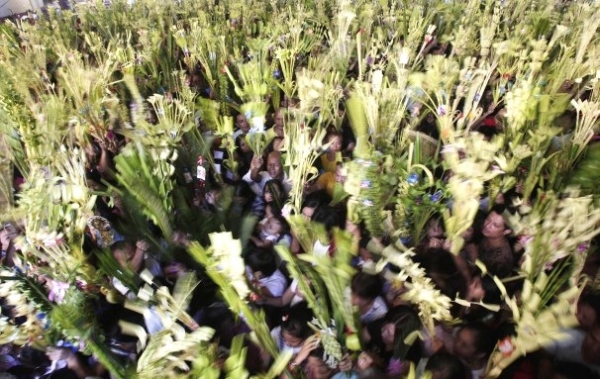
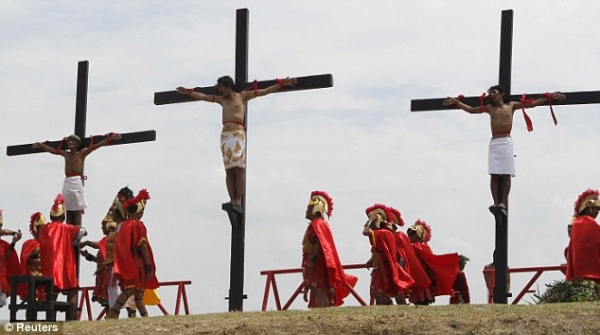
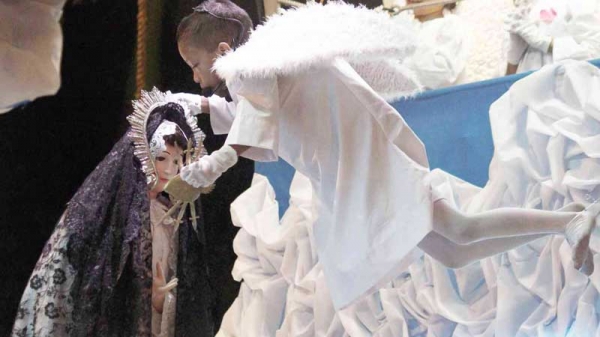
Comments